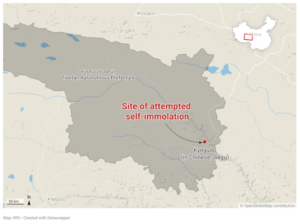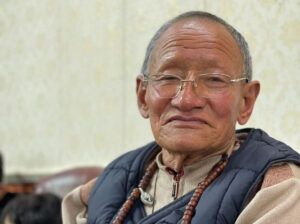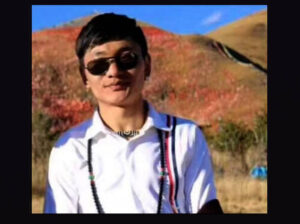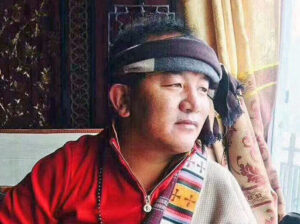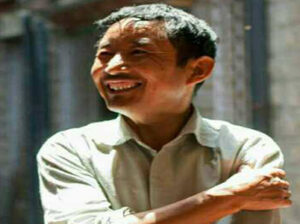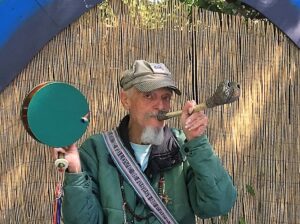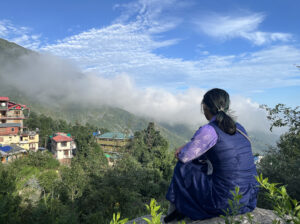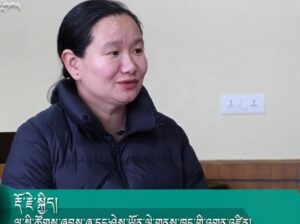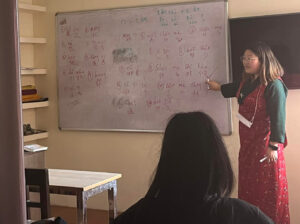 In spite of the daunting and unfortunate circumstances they have faced since losing their homeland to the People’s Republic of China (PRC), Tibetans remain steadfast in their commitment to nonviolent resistance. While many explain this tendency by simply pointing to Tibetan Buddhism – particularly, its message of compassion and nonviolence – there are certainly other factors at play. After all, most religions promote similar ideals, but few societies are able to so effectively put these principles into action. What Tibetans have, which other groups lack, are institutions that unequivocally support and reinforce these key values. Across the board – in Tibetan schools, monasteries, government offices, etc – nonviolence is the guiding principle, and tremendous investments are made in support of this ideal. Knowing this, it is easy to see the significance of one local non-government organisation (NGO), the Active Nonviolence Education Centre (ANEC), which is working diligently to promote these values across Tibetan society.
In spite of the daunting and unfortunate circumstances they have faced since losing their homeland to the People’s Republic of China (PRC), Tibetans remain steadfast in their commitment to nonviolent resistance. While many explain this tendency by simply pointing to Tibetan Buddhism – particularly, its message of compassion and nonviolence – there are certainly other factors at play. After all, most religions promote similar ideals, but few societies are able to so effectively put these principles into action. What Tibetans have, which other groups lack, are institutions that unequivocally support and reinforce these key values. Across the board – in Tibetan schools, monasteries, government offices, etc – nonviolence is the guiding principle, and tremendous investments are made in support of this ideal. Knowing this, it is easy to see the significance of one local non-government organisation (NGO), the Active Nonviolence Education Centre (ANEC), which is working diligently to promote these values across Tibetan society.
The idea that eventually led to the creation of ANEC came about in 1995 when Rabbi Everett Gendler and Dr Mary Gendler travelled from Nepal to Tibet and noticed a stark contrast between Tibetans there and Tibetans in exile. While their previous encounters with Tibetans in India and Nepal had always been pleasant, Tibetans living within the PRC were rather hostile toward the pair. The couple concluded that their experience must reflect the frustration felt by those Tibetans who have been forced into an untenable situation of extreme oppression and wondered if there might be a way to alleviate this general sense of helplessness that seemed so widespread within Tibet.
Inspired by recent historical events of that time – specifically, a number of successful nonviolent revolutions – the Gendlers wondered whether Tibetans, too, could benefit from finding positive and effective nonviolent methods with which to challenge the PRC.While it would be impossible to organise such an effort from within Tibet, they figured that it could still be beneficial to teach Tibetans in exile, who might someday return to Tibet and propagate such lessons there.
Soon after their visit to Tibet, the pair met His Holiness the Dalai Lama and asked to arrange a three-day workshop for the Tibetan community in Dharamshala. His Holiness responded enthusiastically, and suggested that they plan for a two-week seminar instead. The event was led by Dr Gene Sharp, a prominent American scholar whose books have helped to inspire countless peaceful protest movements throughout the world. The seminar was so successful that Dr Sharp was invited to return twice more.
In the years following this initial effort, the Gendlers remained in Dharamshala and organised additional seminars for various Tibetan groups. When it came time to return home, the pair decided to formally establish an NGO that could be situated within the Tibetan community and hired a local staff to assume control and initiate broader outreach. This is how ANEC officially got its start as a local NGO in 2007.
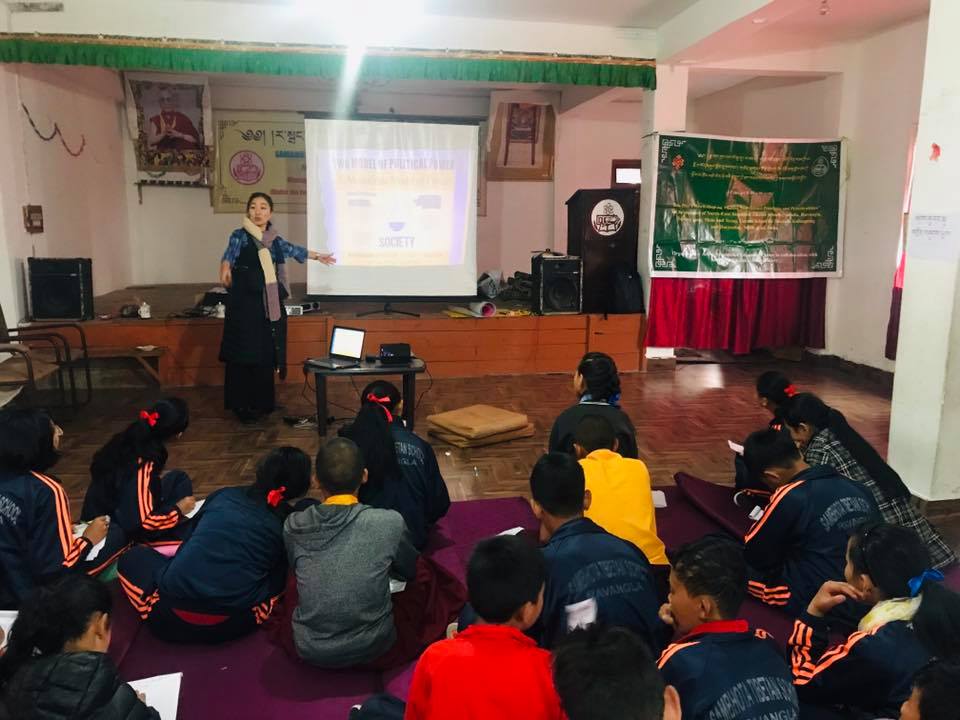
ANEC at workshop
To date, ANEC continues to fulfil its original mission, and still organises workshops on the topics of nonviolence and nonviolent communication. Staff members recently travelled to parts of northeast India where they hosted their first event for the Tibetan communities living there, and similar efforts are planned for coming months. In addition to continuing these projects, the group has also adopted new approaches which have helped to increase their overall impact. ANEC now produces a number of publications, including the ANEC Messenger and other resource materials, and hosts panels and regular film screenings which are followed by group discussions.
In addition to working as its own entity, ANEC has also entered into new partnerships –including plans for future collaboration with the Gandhi Ashram in Hyderabad – that will introduce the concept of nonviolence and nonviolent communication on an even larger scale. ANEC is also very proud of its recent collaboration with the Central Tibetan Administration’s (CTA) Department of Education after producing three children’s books that will soon be added to the academic curriculum taught in all schools operated by the Tibetan government-in-exile. The NGO is even hoping to expand upon this effort by creating material suitable for older, 11th standard students as well.
Mr Jigme, an ANEC employee, believes that “every single child should know about nonviolence in order to make sure the whole community becomes aware of its importance.”
While it is difficult for tourists without the proper expertise to get involved in any training efforts, there are still many ways visitors to Dharamshala can help ANEC’s cause. For example, there is a significant need for volunteers who can help edit written publications, maintain the organisation’s webpage, or perform research for resource material. Because ANEC has only four full-time staff members, temporary help from those who can perform these functions is always appreciated.




 Print
Print Email
Email